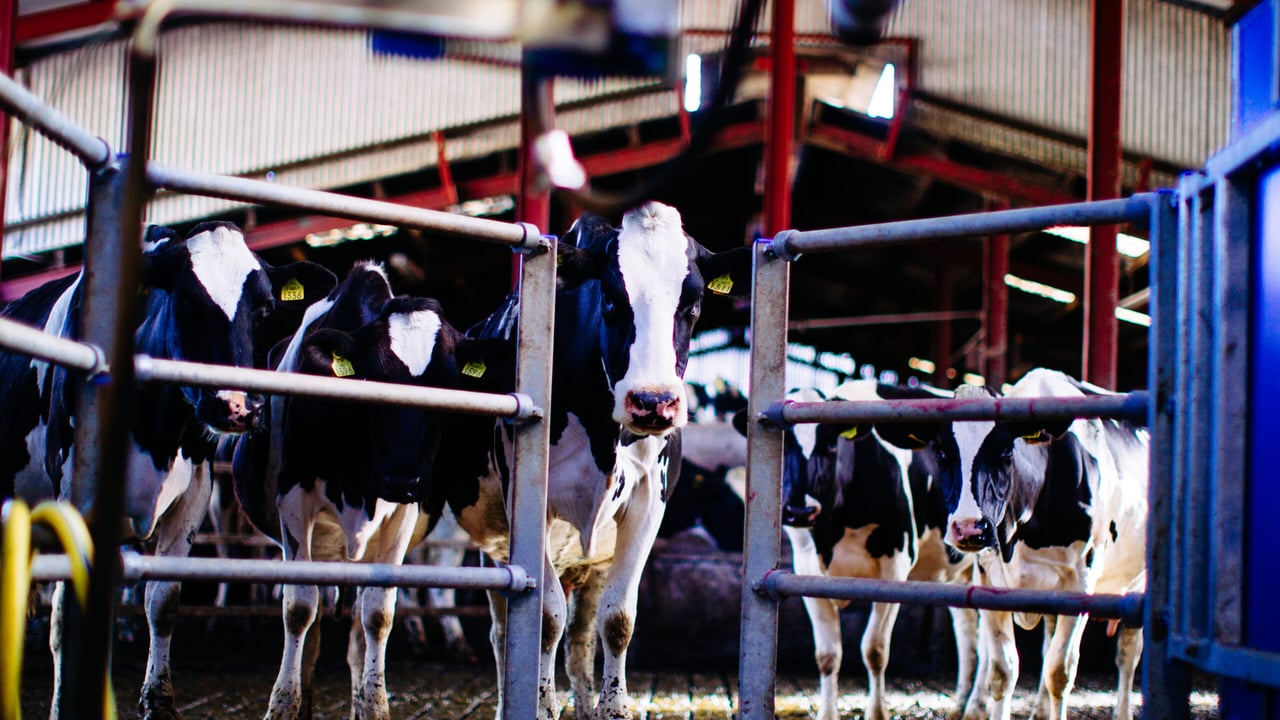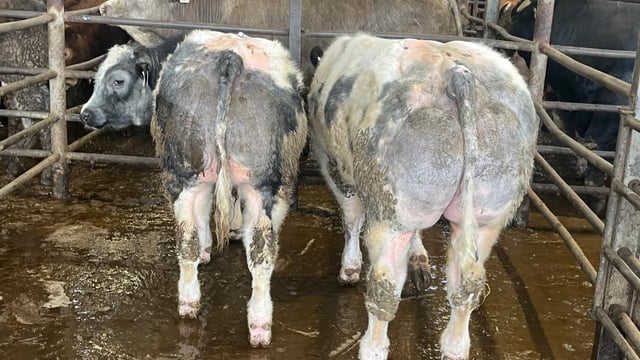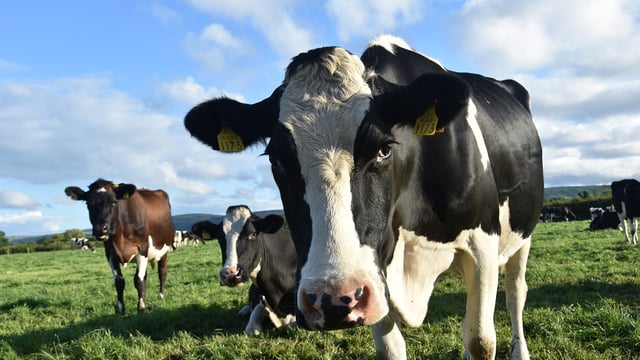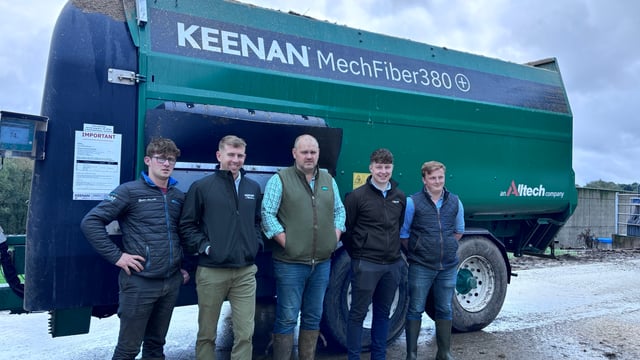Pulling information from your milk recording this spring
Many herds will be over halfway through calving at this point in the year, and as the madness eventually eases down, farmers may look to do a milk recording and pick out cows best suited for dairy artificial insemination (AI).
Milk recordings will provide farmers with a lot of information which can be hugely beneficial when it comes to preparing yourself for the breeding season ahead.
Not only that, but analysing the changes in milk composition or production patterns serves as an early indicator of health issues such as mastitis, nutritional deficiencies, prolonged negative energy balance, or any metabolic issues.
By obtaining this information, farmers can intervene early before the situation requires antibiotics or veterinary intervention, while quickly turning around any drop in milk performance.
Milk recording is vitally important for ensuring that top quality milk is leaving your yard, as it is identifies the cows with high somatic cell count (SCC) and mastitis issues.
High SCC cows are not only costing the farm money, but they are also a source of infection for healthy cows.
At this time of the year, farmer's minds will slowly start turning to the breeding season, which will mean that the best performing and most profitable cows in the herd can be picked out to breed your replacements from.
It is recommended to complete a minimum of six milk recordings throughout the lactation and the first milk recording should be done within 60 days after calving which will give an indication of how the dry off period went.
To achieve the full benefit of milk recording, reports that are generated should be thoroughly analysed to see where the farm can improve and to identify 'problem cows'.
The summary report will also give an overview of the key areas of mastitis control, highlighting where this control is proving effective and where it can be improved.
One of the targets set out by Animal Health Ireland CellCheck programme is to have 85% of the herd with an SCC of less than 200,000 cells/ml and anything below this target is deemed as a mastitis problem.
The reports comprises SCC levels in consecutive recordings on each cow which shows the spread of infection during lactation highlighting the continuously high SCC cows in the herd.
One must remember that the selection of cows for breeding is just as important as selecting bulls, as the genetic potential of an animal initially comes from the average of both sire and dam figures.
There should be a major focus placed on maiden heifers, as they are most likely going to be the high genetic merit stock, while you should also be aware of how many cows and straws will be needed to get the number of replacements needed for the farm.
Farmers should have an understanding of what needs to be improved in the herd. There may be a need to place emphasis on improving milk solids, or there may have been a disappointing empty rate in the previous year and fertility may have to be looked at.
The liveweight of your cow may have gone too high or too low, which can be addressed by focusing on maintenance figures. TB could be a problem in your area which may require a more TB resistant cow to be bred.
The point is, not every bull, even the highest Economic Breeding Index (EBI) bulls, is going to suit every farm or system.
Likewise, not every cow is going to be suited to breed your replacement heifers and so the milk recordings should be used to rank the most suitable cows for dairy AI.
The report generated, depending on the amount of information it is fed, will show a full herd comparison which considers production costs, dry periods, and month of calving, which will then highlight the best cows.





